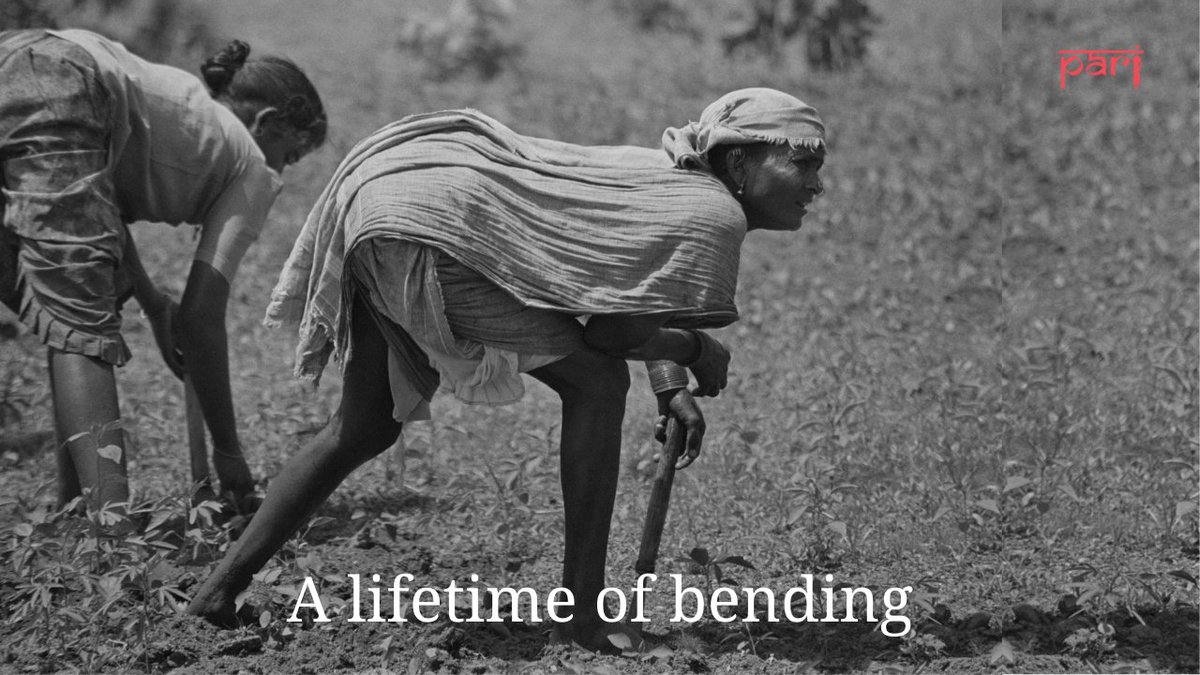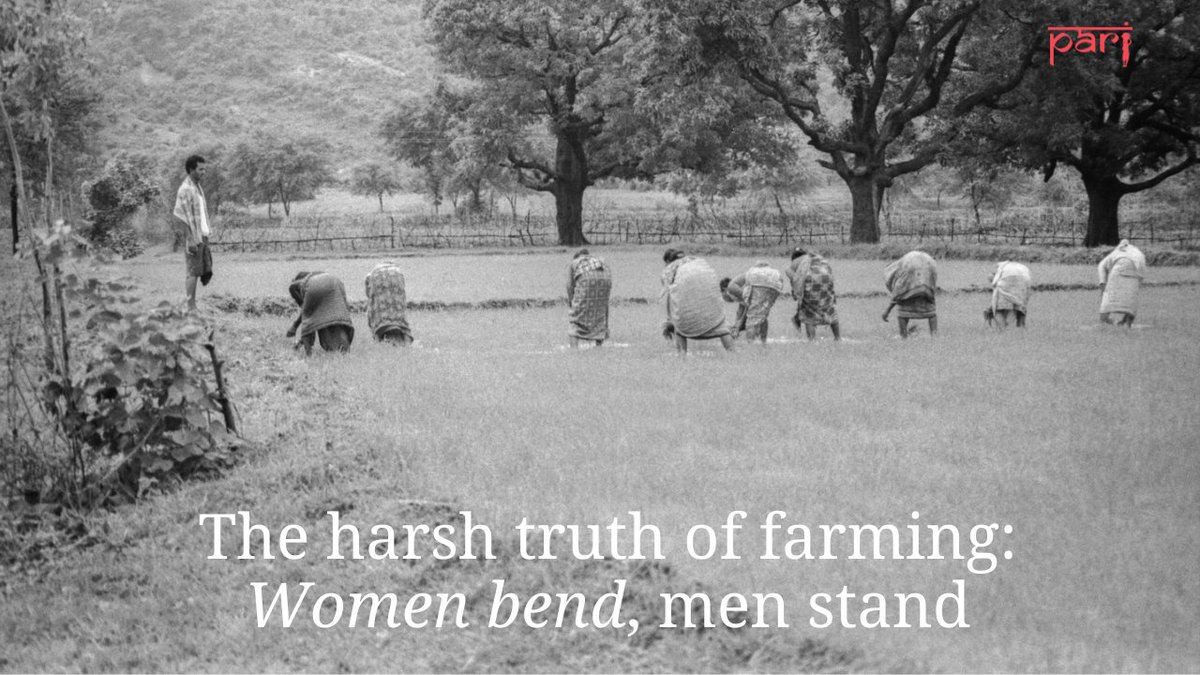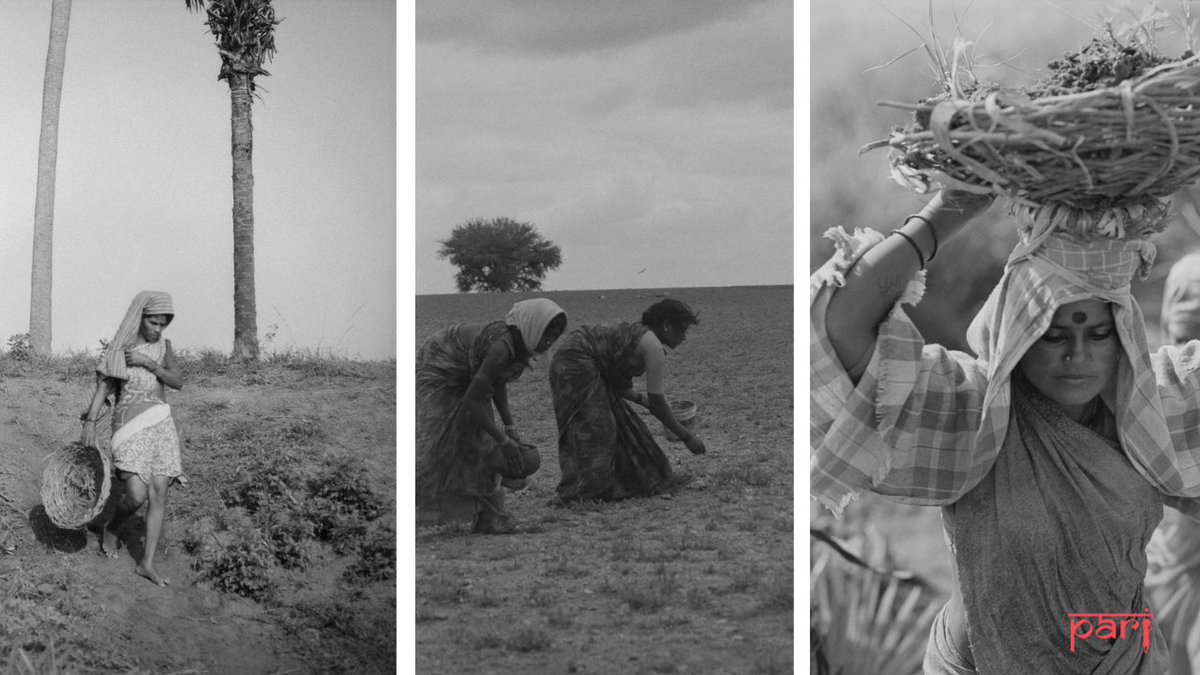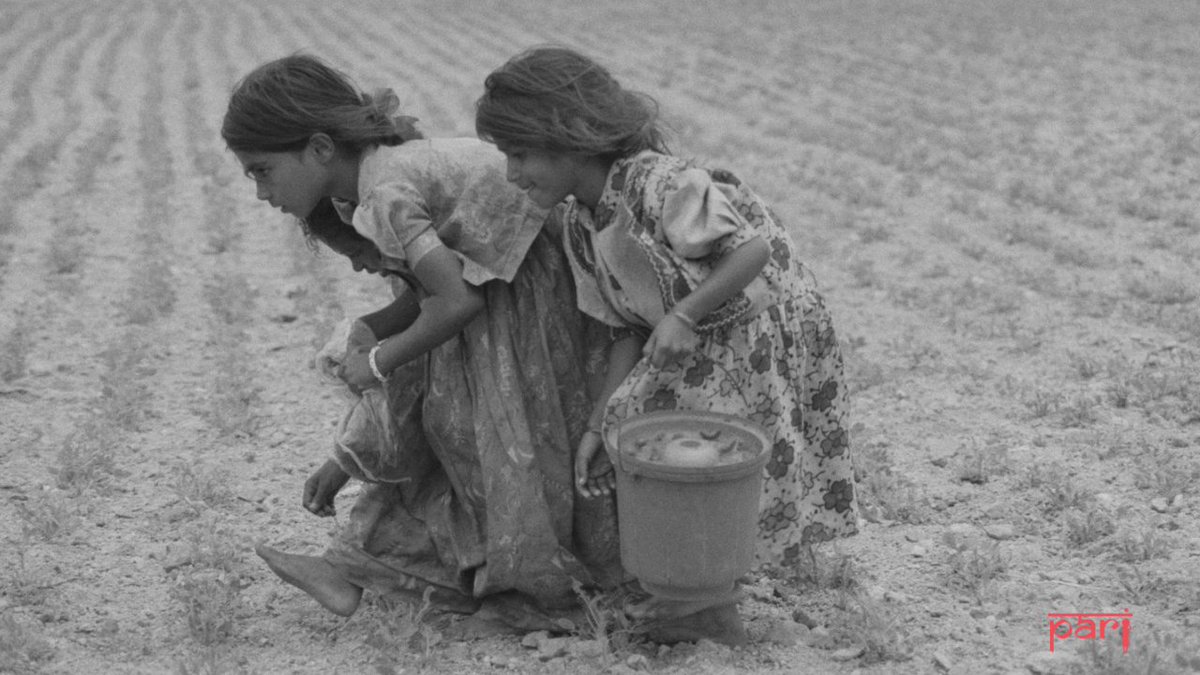
With the number of women agricultural labourers rising, keeping their wages low benefits landowners. It keeps their wage bills down. Contractors and landowners argue that women perform easier tasks and are therefore paid less. A short 🧵
Full Story | ruralindiaonline.org/en/articles/vi…
Full Story | ruralindiaonline.org/en/articles/vi…
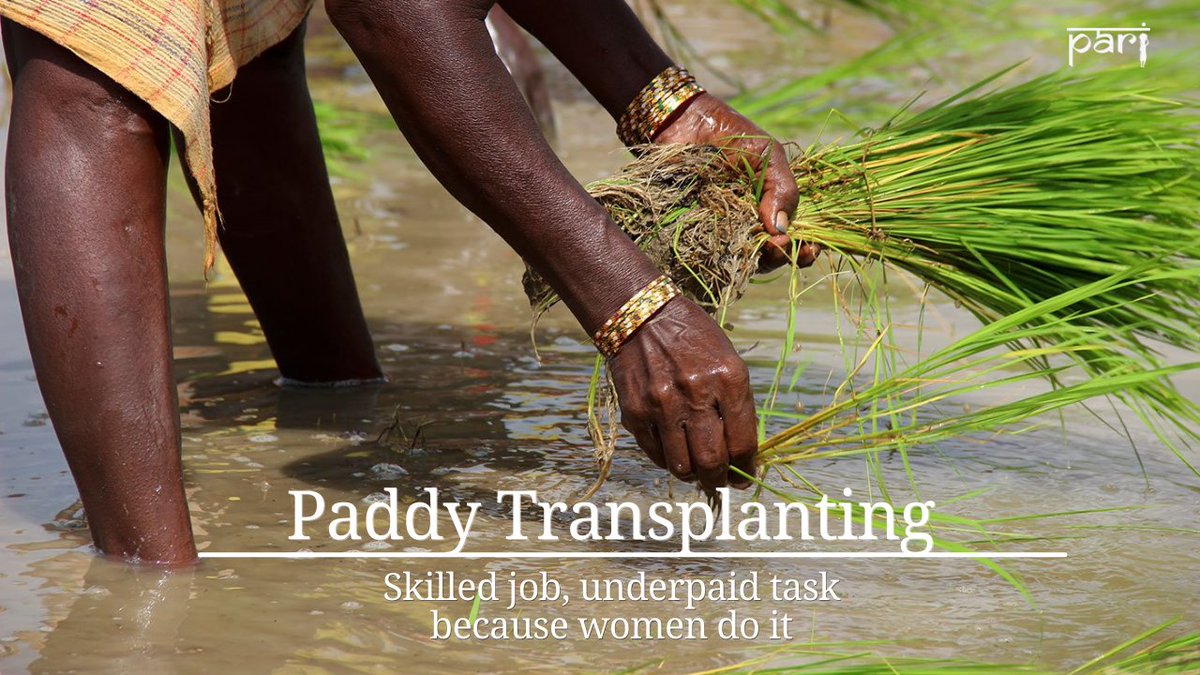
2 | Like transplantation which is a complex, skilled job.
Seedlings not planted deep enough or placed at the wrong distance could fail. If the ground is not smoothened properly, the plant cannot grow.
Seedlings not planted deep enough or placed at the wrong distance could fail. If the ground is not smoothened properly, the plant cannot grow.

3 | Transplantation also requires bending over most of the time in shin-deep to knee-deep water. Yet, it is seen as an unskilled job and paid lower wages. Simply because it’s women who do it.
Would landlords hire so many women if they were less efficient?
Would landlords hire so many women if they were less efficient?
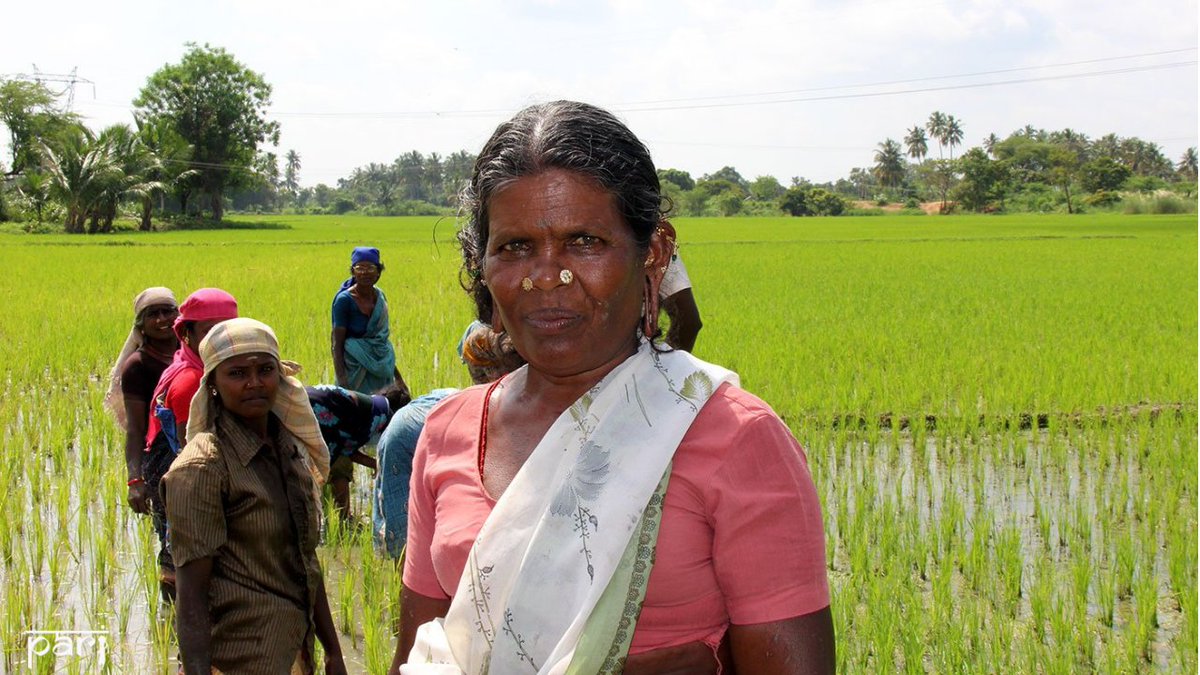
4 | Another argument for giving women lower wages is that they can’t do as much as men can. But there’s no proof to show that the amount of paddy harvested by a woman is less than that harvested by a man. Even where they perform the same tasks as men, women are paid less. 

Full story | ruralindiaonline.org/en/articles/vi…
• • •
Missing some Tweet in this thread? You can try to
force a refresh







